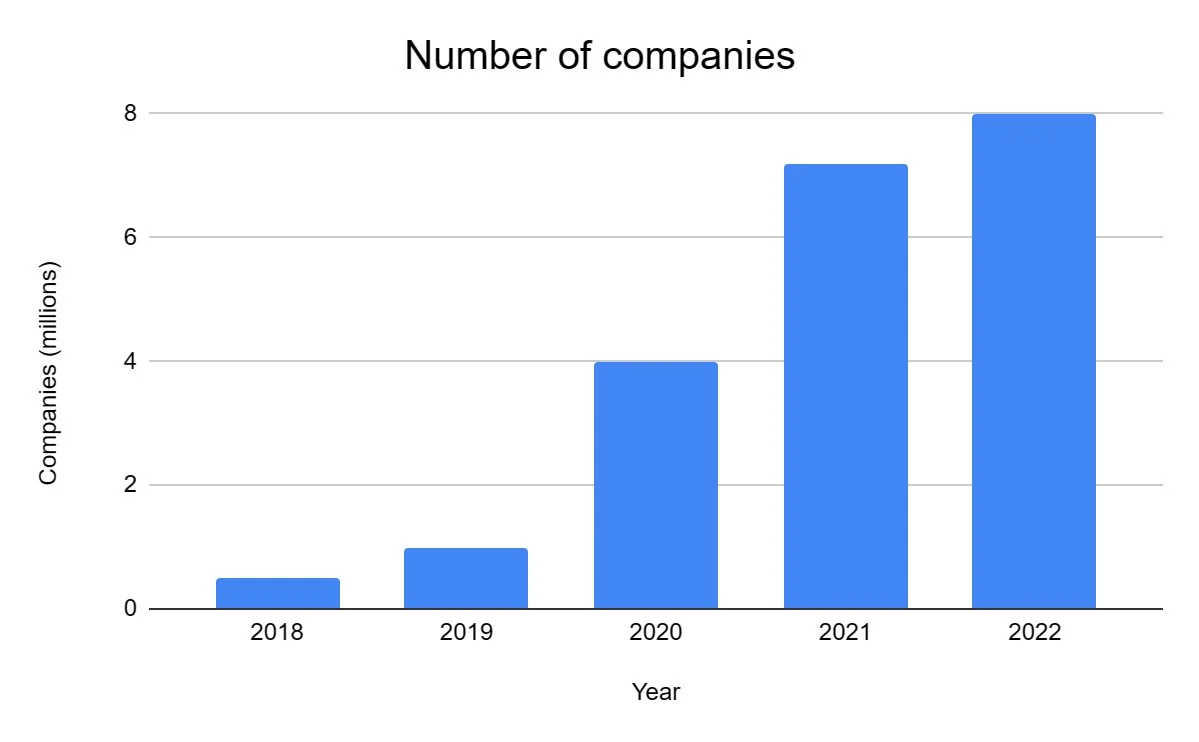How to develop high-performance scalable web applications
Acompanhante em Bauru - SPPerfil
- Cidade: Bauru - SP
- Eu Sou:
Apresentação:
However, it is important to keep them replicated with appropriate content. Azure Cloud Storage is another popular cloud storage service offered by Microsoft Azure. The best thing about Azure storage is the high availability of 99.95% uptime and high security. With the price of $0.18 per GB/month, it is highly cost-effective.
This ensures that your site or application will not crash even during the peak of high loads and high traffic of users. When we need fast read writes, we can look towards NoSQL databases like MongoDB (a document-oriented database) or Cassandra (a column-family database). They are designed to auto-scale on clusters without much fuss and human intervention. You’ll find these components in most of the applications running online today on the web.
AWS Security Tools: Top 12 AWS Services for Securing Healthcare Applications
Each request from the user to the application is usually from 10 to 100 database queries. Database branching on a separate server will increase its performance and reduce the negative impact on other components (PHP, Nginx, etc.). Each request from the user to the application is generally from 10 to 100 database queries. Organizations should adopt a collaborative DevSecOps model of development, where both the security team and the application development teams will build, manage, and deploy security rules. This can also be considered a hybrid approach combining the best of the central and distributed models, as shown in Figure 3.

Fear not, in this blog, we will be addressing everything you need to know. If properly used, it can provide a significant increase in agility, cost savings, and operational benefits. The distributed serverless EDA can execute code known as functions that scale automatically in response to a REST API or an event trigger.
Multi-tenant Architecture
GitLab, Alibaba and Adobe are some of the popular companies that use Vue.js. Also, many cloud hosting services provide private network services, allowing developers to safely use multiple servers in the cloud and make the system scaling. All of these examples suppose having a large audience and require using various optimizations allowing to withstand high loads.

This increases throughput, performance and saves resources. Implementing caching in a web application means copying frequently accessed data from the database disk and storing it in RAM (Random access memory) for quick response. Application caching ensures low latency and high throughput. The database is the component that persists the data in the application.
Advanced and Scalable Web Application Architecture
It does not matter if you define the project as highload or not ;). A centralized operating pattern (see Figure 1) requires IS teams to construct an AWS WAF policy by using high load systems AWS FMS and then implement it at scale in each and every account. Keeping current on the constantly changing threat landscape can be time-consuming and expensive.

You need JavaScript installed on the machine to run Angular. While Two-way data binding is a great feature, it can result in slow performance on older and legacy devices. Integrating legacy infrastructure with Angular is a concern too.
Data Layer: Database
If you need to update, you need to deploy the entire application, and this slows down changes for larger complex applications. For smaller applications, monolithic architecture is often the best solution. It has a user interface, business/data access logic, and data access. Many enterprise applications were created using the simple 3-tier application architecture. When it comes to large data centers, hardware failures (be it power outages, hard drives or RAM fail) are known to happen all the time. One way to solve the problem is to create a non-shared high load architecture.
- In simple words, web application architecture is an outline of how various components of your web app interact with each other.
- Modularity aims to break a complex component or solution into smaller parts that are less complicated and easier to scale, secure, and manage.
- While developers can quickly build applications, the speed of the applications is a concern.
- And stopped doing business with the company that had provided you with poor customer experience.
- As such, this model is only suggested when you’re building on a large scale.
- He’s been involved in architecting, designing, and implementing various large-scale IT solutions with different organizations such as Cisco Systems, BT global services, and IBM Australia.
There are ways to obfuscate or minify this code before rolling it out to your users to minimize the chances of reverse-engineering. SPAs are great when it comes to providing https://www.globalcloudteam.com/ a fast and seamless experience to end-users or consumers. However, they lack the touch of a traditional website, and they can be difficult to optimize for SEO.
The development of a scalable web project architecture
Here is a generic architectural diagram of a web application that you’ll find in most of the applications running online today. Read our slideshow for an overview of the types of web application architecture. Vue.js is a view-oriented product that is lightweight, easy to use and comes with a powerful set of developer tools.
An important advantage of PHP Laravel is its automated testing feature that helps you to test and debug errors in the initial stage. PHP Laravel offers cross-site request forgery tokens that offer security. Sometimes you might need to store some business logic on your client in order to perform simpler operations quickly. Client-side logic that usually resides inside your frontend application can help you skip the trip to the server and provide your users with a faster experience.
Microservice and Serverless Approach
This reduces the need for specialized teams to handle these complex tasks and thereby alleviates undifferentiated heavy lifting. There are multiple models of web application architectures, each based on how web servers connect to their data stores. Now that you understand what goes into a web application architecture let’s take a detailed look into each of the components that compose a web app. We’ll group this discussion into two major headings — server-side components and client-side components, or backend and frontend components. In the case of a hotel booking app, your client app serves as a portal for users to type hotel names and other relevant data.



